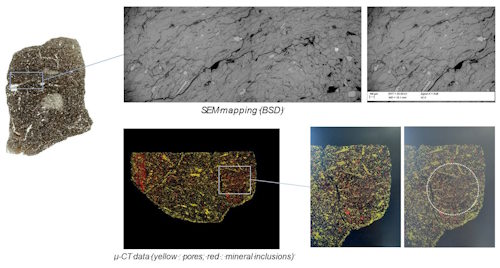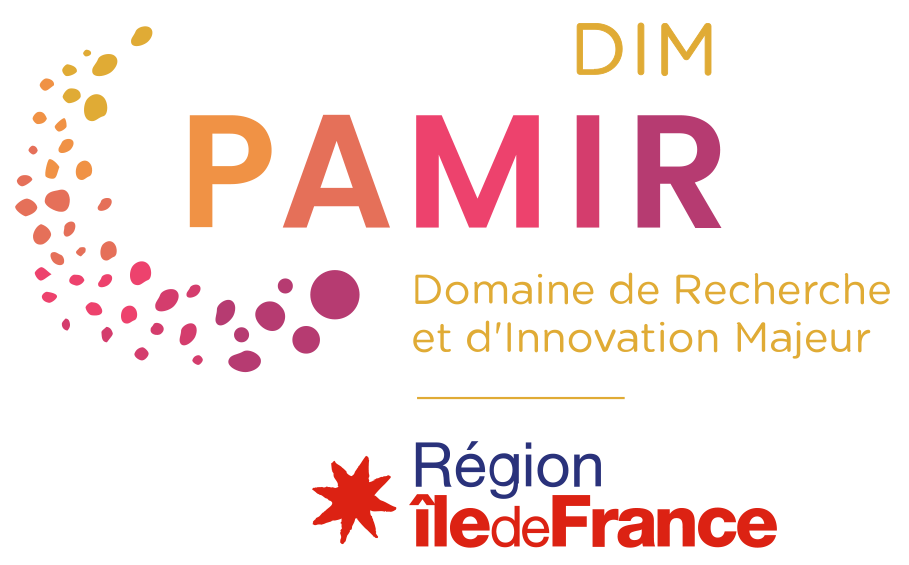
CERAJUM
Ancient ceramic production sequences revisited : Contributions from deep learning and digital twins
Scientific responsibility :
- Louise Gomart
- Marzia Gabriele
- Maxime Moreaud
- Gabriel Ducret
- Adam Hammoumi
- Didier Binder
- Juliette Leblond
- Marco Corneli
- Serge Cohen
Methodological axes :
Thematic fields :
Disciplinary sectors :
Funding :
- DIM PAMIR
Project ID : IDF-DIM-PAMIR-2024-4-024
Summary :
Detailed knowledge of the production sequences of the earliest ceramics in Europe, associated with Early Neolithic contexts, is crucial for understanding the technical know-how of the continent’s first farmers, their spatial and temporal trajectories and their interactions. Traditionally, the identification and classification of these ceramics has been based primarily on visual analysis. In recent years, the application of micro-tomography, which offers exceptional readability of the internal structure of the pottery, has opened up new perpectives for going beyond empirical expertise. However, the interpretation of the data obtained from these analyses remains a real challenge, due to the inherent complexity of archaeological ceramics defined by extremely heterogeneous mineralogical, chemical and porous profiles. In this thesis, we propose to overcome this limit by using an innovative approach based on Artificial Intelligence to exploit images from micro-tomographic and SEM acquisitions of Early Neolithic ceramics from Western Europe. Our first objective is to classify these ceramics according to their material composition and the techniques used in their manufacture. To achieve this, we will use deep learning, a technique that will enable us to develop a model capable of performing this classification quickly and reliably. In a second phase, we will expand the scope of this initial model tenfold by creating a “digital twin” of the ceramics in a reverse-engineering perspective: This means we could simulate the sequences of gestures that were used to produce the ancient ceramics. This approach represents a real methodological breakthrough for the ancient ceramic studies, enabling us to articulate the different scales of analysis (from the micron to the centimetre) in an unprecedented perspective.
PhD student: Thaïs Wuillemin
Legend and credits : Early Neolithic pottery from the Berry-au-Bac site “Le Vieux Tordoir”: SEM (M. Gabriele and M. Lhéronde) and micro-tomographic (AST-RX MNHN) data.

